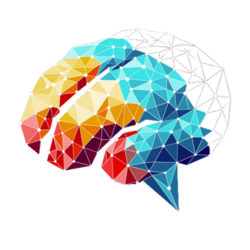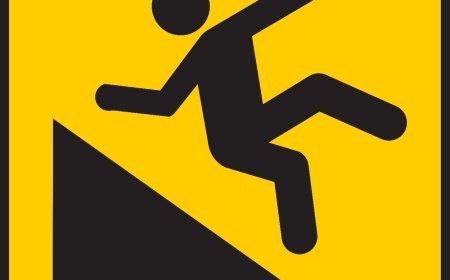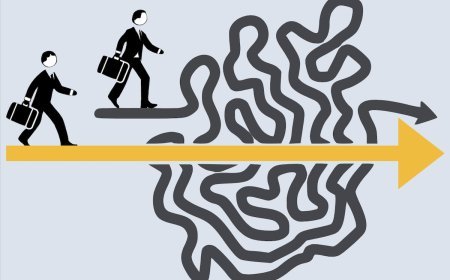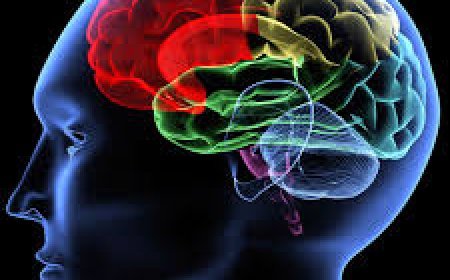Three Sides of Smart
While the concept of a single, all-encompassing "general intelligence" has long held sway, psychologist Robert Sternberg offered a compelling alternative: the Triarchic Theory of Intelligence.
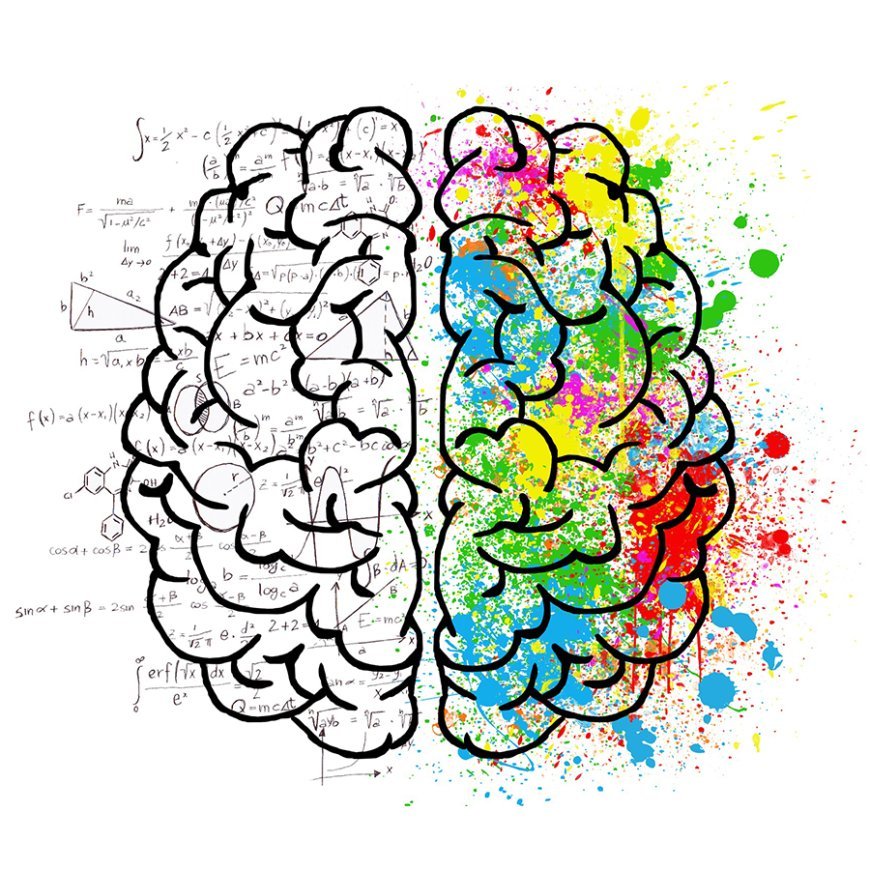
Rather than a singular measure, Sternberg proposed that intelligence is best understood as comprising three distinct, yet interconnected, types. This framework moves beyond mere academic prowess to encompass the practical wisdom and creative spark essential for real-world success, enriching our understanding of what it truly means to be "smart," and broadening the wordings we use to describe cognitive ability.
Sternberg's model suggests that true intelligence is a balance of these three components, allowing individuals to adapt to, shape, and select environments effectively. It highlights that an individual might excel in one area while being average in another, challenging the notion that intelligence is a monolithic trait.
1. Componential Intelligence: The Problem-Solving Word
The first component of the Triarchic Theory is Analytical Intelligence, often called Componential Intelligence. This is the closest to what traditional IQ tests measure, and it’s the intelligence we most commonly associate with academic success. It involves the mental processes, or "components," that we use to solve problems, analyze information, evaluate ideas, and critically judge. It's about breaking down problems into smaller parts and finding logical solutions.
Individuals strong in analytical intelligence excel at:
- Analysis: Dissecting information, identifying patterns, and understanding relationships.
- Evaluation: Judging the quality of ideas, arguments, or solutions.
- Comparison and Contrast: Seeing similarities and differences between concepts.
- Problem Solving: Applying logical steps to arrive at a correct answer.
When faced with a complex problem, an analytically intelligent person might begin by carefully reading the problem's wording, identifying key facts, and then systematically working through potential solutions. They are adept at recognizing logical fallacies, spotting inconsistencies in arguments, and reasoning deductively. Their strength lies in their ability to manipulate information effectively, whether that information comes in the form of numbers, symbols, or carefully crafted words. They might be the ones who pore over the fine print of a contract, ensuring every word is understood, or meticulously debug a piece of code. This type of intelligence is crucial for academic performance and many scientific or technical fields where precise wordings and logical structures are paramount.
2. Creative Intelligence: The Novel Word
The second component is Creative Intelligence, or Experiential Intelligence. This refers to the ability to deal with novel situations and problems effectively, and to use existing knowledge and skills in new and innovative ways. It's the capacity for insight, synthesis, and generating original ideas. This form of intelligence allows us to go beyond the given information, to think outside the box, and to come up with solutions that others might not consider.
Individuals strong in creative intelligence excel at:
- Innovation: Generating novel ideas, solutions, or products.
- Imagination: Conceiving of possibilities that don't yet exist.
- Synthesis: Combining disparate pieces of information in new and meaningful ways.
- Automaticity: The ability to move from conscious problem-solving to an automatic, almost intuitive, application of skills once a new concept is mastered.
A creatively intelligent person might be presented with a challenge and, instead of following established procedures, envision entirely new approaches. They might playfully manipulate words to craft a poem, invent a new genre of music, or devise an unprecedented business strategy. Their genius lies in their ability to bridge the familiar with the novel, to take existing words and ideas and arrange them into entirely fresh and meaningful configurations. This intelligence is vital for artists, inventors, entrepreneurs, and anyone whose work demands original thought and unconventional solutions. The very wording of their thoughts might be unconventional, breaking free from common linguistic patterns.
3. Practical Intelligence: The Applied Word
The third component is Practical Intelligence, also known as Contextual Intelligence. This is often referred to as "street smarts" or "common sense." It's the ability to adapt to, shape, and select real-world environments. Practical intelligence involves applying knowledge gained from experience to solve problems encountered in everyday life. It's about knowing how to get things done, how to navigate social situations, and how to effectively achieve goals within a specific context.
Individuals strong in practical intelligence excel at:
- Adaptation: Adjusting to changing circumstances and demands in their environment.
- Shaping: Actively modifying their environment to better suit their needs or goals.
- Selection: Choosing an environment that is a good fit for their skills and preferences.
- Tacit Knowledge: Possessing unwritten, implicit knowledge gained from experience that helps them solve real-world problems.
A practically intelligent person might not score highest on an academic test, but they excel in real-life scenarios. They understand the unspoken rules of a workplace, the subtle dynamics of social groups, and how to effectively influence people. They know the right words to use in a negotiation, or how to subtly re-wording a request to achieve a desired outcome. This intelligence is crucial for managers, leaders, salespeople, and anyone who needs to operate effectively within complex social and professional systems. It's about knowing how to make things work in the "real world," often by reading between the lines of spoken words and understanding the context that gives wording its true meaning.
The Synergy of the Triarchy
Sternberg's Triarchic Theory emphasizes that true, successful intelligence is not about excelling in just one of these areas, but about finding a harmonious balance among them. A highly analytical individual might be able to dissect a problem with precision, but without creative intelligence, they might never find a novel solution, and without practical intelligence, they might fail to implement it effectively in the real world.
The theory reminds us that "smart" comes in many forms, and that the wordings we use to define intelligence should reflect this rich diversity. By valuing and nurturing analytical rigor, creative spark, and practical wisdom, we foster a more comprehensive understanding of human cognitive capabilities, preparing individuals not just for tests, but for the multifaceted challenges and opportunities of life. The careful balance of these three intelligences, each contributing its own set of words and approaches, is what ultimately enables individuals to achieve their full potential.
What's Your Reaction?
 Like
0
Like
0
 Dislike
0
Dislike
0
 Love
0
Love
0
 Funny
0
Funny
0
 Angry
0
Angry
0
 Sad
0
Sad
0
 Wow
0
Wow
0










